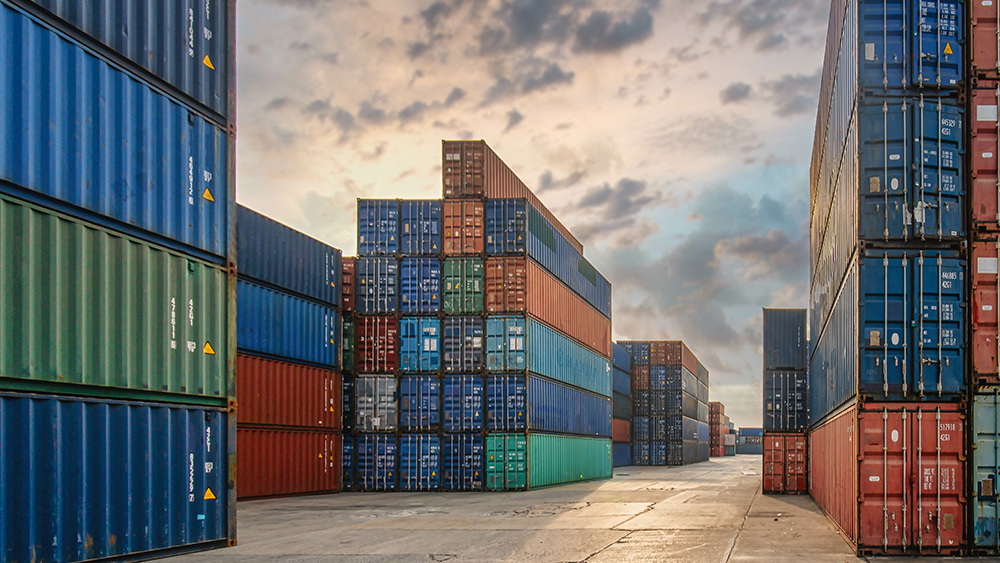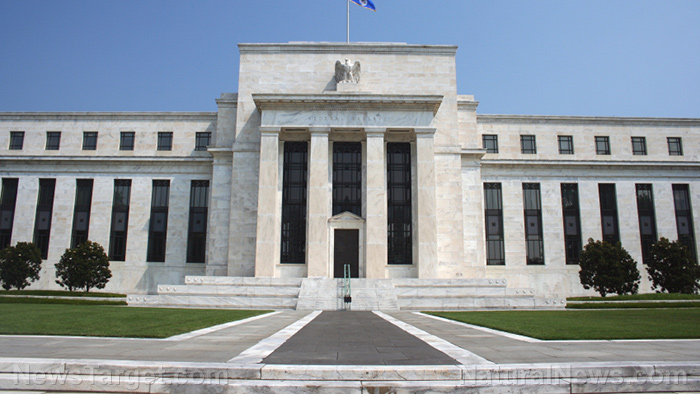 Parler
Parler Gab
Gab
Labor strike looms as largest rail union rejects government offer
What contributes more to the imminent U.S. transportation infrastructure collapse, is the labor dispute in the railroad sector. On November 21, big unions representing 28,000 conductors, brakemen and yardmen rejected an offer from the government. Back in September, four freight rail unions, composed of a combined membership of about 60,000 rail workers, rejected a five-year contract agreement brokered by President Joe Biden's government. (Related: Derailed negotiations: Massive railroad strike looms as second rail union rejects Biden administration offer.) Biden called those deals "a win for tens of thousands of rail workers and for their dignity and the dignity of their work." The president directly intervened in the final round of talks, but his praise of the deals wasn't enough to win approval from rank-and-file members of the conductors' union. Earlier in the month, White House Press Secretary Karine Jean-Pierre, said the administration is ready to take the appropriate steps to ensure the rail system continues to function. But she declined to comment on whether the president would personally get involved in the negotiations between the rail companies and unions like he did before. According to NPR, eight other unions have signed the deal. But they could be pulled back into this labor dispute because if one of them decides to protest, all of the unions – with a membership of about 115,000 rail workers – will join the strike. If this happens, even national passenger railroad company Amtrak and other commuter rail systems would have to stop operations. As per the Association of American Railroads, a nationwide rail shutdown could cost the United States $2 billion per day in lost economic output. Visit EconomicRiot.com for more news related to the chaos being instigated in the transport/freight sector by worldwide inflation. Watch the video below that talks about why Biden's rail union deals are falling apart. This video is from the GalacticStorm channel on Brighteon.com.More related stories:
Used truck prices drop as trucking industry overcomes supply chain issues. Freight companies expect "muted peak season" due to waning retailer demand. LA Port's October imports drop 28% year-over-year as labor negotiations drag on. FedEx's freight unit to begin furloughing employees next month due to reduced demand for delivery services.Sources include:
FreightWaves.com Knowledge.FreightWaves.com Support.FreightWaves.com NPR .org Brighteon.comBank customers FURIOUS after HSBC announces closure of 114 UK branches
By Arsenio Toledo // Share
Are FedEx and UPS tracking gun ownership for Biden White House?
By Ethan Huff // Share
Is a home price collapse on the way? Some experts say yes
By Ethan Huff // Share
BRICS nations moving rapidly to circumvent the US dollar as the World Reserve Currency
By Lance D Johnson // Share
Fed chair says China’s zero-COVID policy damages global supply chain
By Arsenio Toledo // Share
Governments continue to obscure COVID-19 vaccine data amid rising concerns over excess deaths
By patricklewis // Share
Tech giant Microsoft backs EXTINCTION with its support of carbon capture programs
By ramontomeydw // Share
Germany to resume arms exports to Israel despite repeated ceasefire violations
By isabelle // Share










